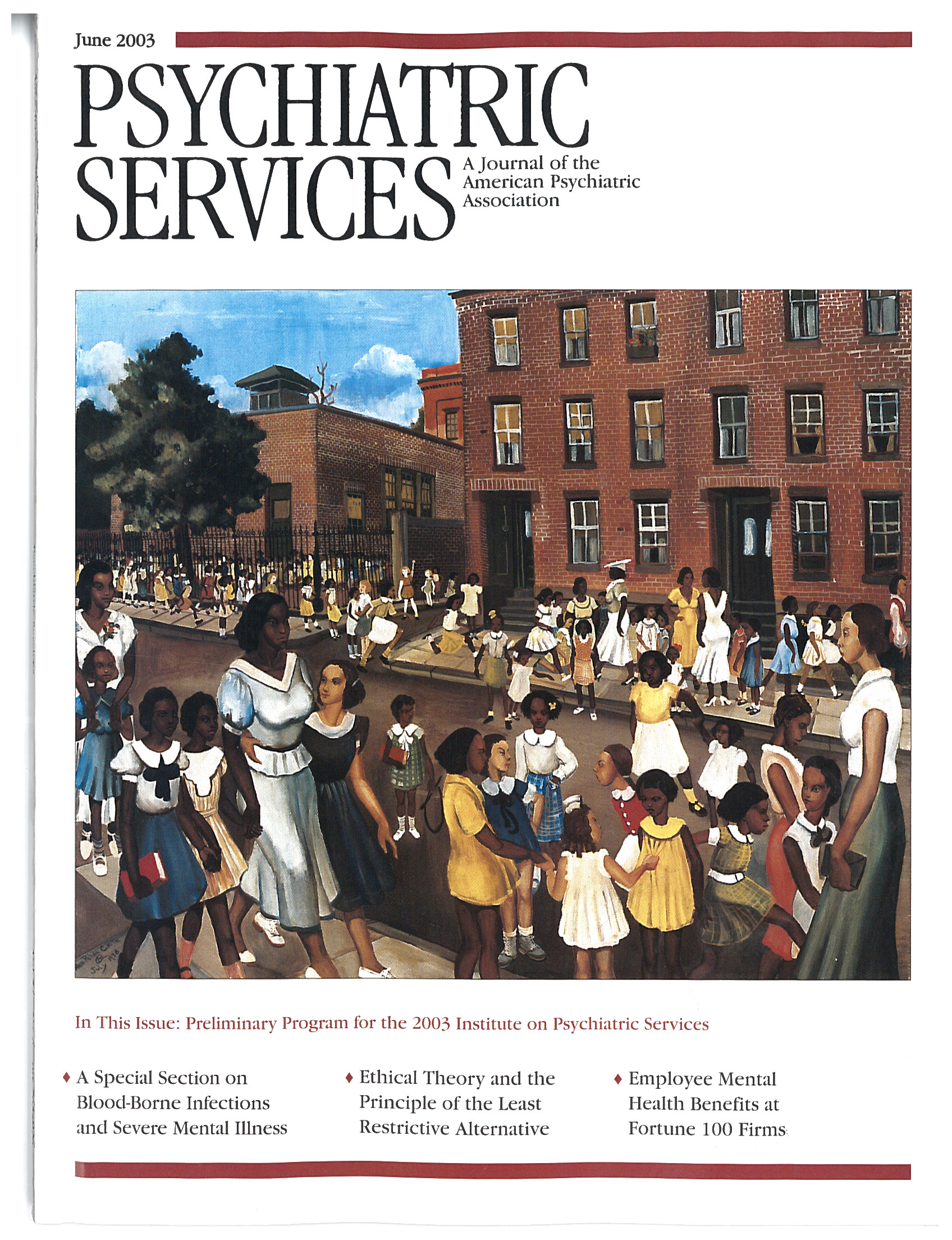Working With People Who Have Mental Retardation
To the Editor: In a letter to the editor in the March issue, Dr. Chaplin (1) pointed out that a literature review published in Psychiatric Services (2) failed to uncover two additional articles among the few on mental retardation that have appeared in the journal in the past five decades. Although Dr. Chaplin's news is cheering, it remains true that there is pathetically little interest in serving this special population, particularly among our "leaders"—the chairs of departments of psychiatry and psychiatric residency directors in medical schools.
As I have said in several other publications, working with patients who have mental retardation may be of interest to colleagues, especially those who are currently seeking to enlarge their patient base in light of the depredations of for-profit managed care. In my long experience—I started in the field as an extern at the Columbus State School in 1955 and later attended the Menningers' elective at Letchworth Village in New York in 1966—I find that many psychiatrists believe that working with this population would be ungratifying and frustrating because of their perception that these individuals are nonverbal, have severe behavioral problems, or are "hopeless."
Actually, this perception is far from accurate. For family psychiatrists, the field can become gratifying and alive when they remember the concept of "fair shares" and use Caplan's classic and dynamic principles of mental health consultation (3) as well as their knowledge of group and family dynamics. I also find that familiarity with the late Virginia Satir's methods of assessment is extremely helpful, as is knowledge of the "Rashomon phenomenon," or the multiple interpretations of an event that exist among a group of people who experience that event.
So what comes next? I suggest that academics who read Psychiatric Services follow the example of some members of the American Psychiatric Association's mental retardation interest group and work with mentally retarded and developmentally disabled patients and their families and caregivers for a half day a week for several months. Among the books that psychiatrists who are unfamiliar with this population might benefit from is Cohen and Volkmar's Handbook of Autism and Pervasive Developmental Disorders (4). In addition, for $125 a year they can join the American Association on Mental Retardation. After they have increased their knowledge and skills—and changed their attitudes—they might start requiring psychiatric residents to spend some time with us. They won't be disappointed!
Dr. Kuehn is a psychiatric consultant with the Ohio Department of Mental Retardation and the Blick Clinic for Mental Retardation and Developmental Disabilities in Akron.
1. 1.Chaplin R: Psychiatric services for people with mental retardation (letter). Psychiatric Services 54:403, 2003Link, Google Scholar
2. 2.Bell CC, Williamson J: Articles on special populations published in Psychiatric Services between 1950 and 1999. Psychiatric Services 53:419-424, 2002Link, Google Scholar
3. 3.Caplan G: The Theory and Practice of Mental Health Consultation. New York, Basic Books, 1970Google Scholar
4. 4. Cohen DJ, Volkmar FR (eds): Handbook of Autism and Pervasive Developmental Disorders. New York, Wiley, 1997Google Scholar



